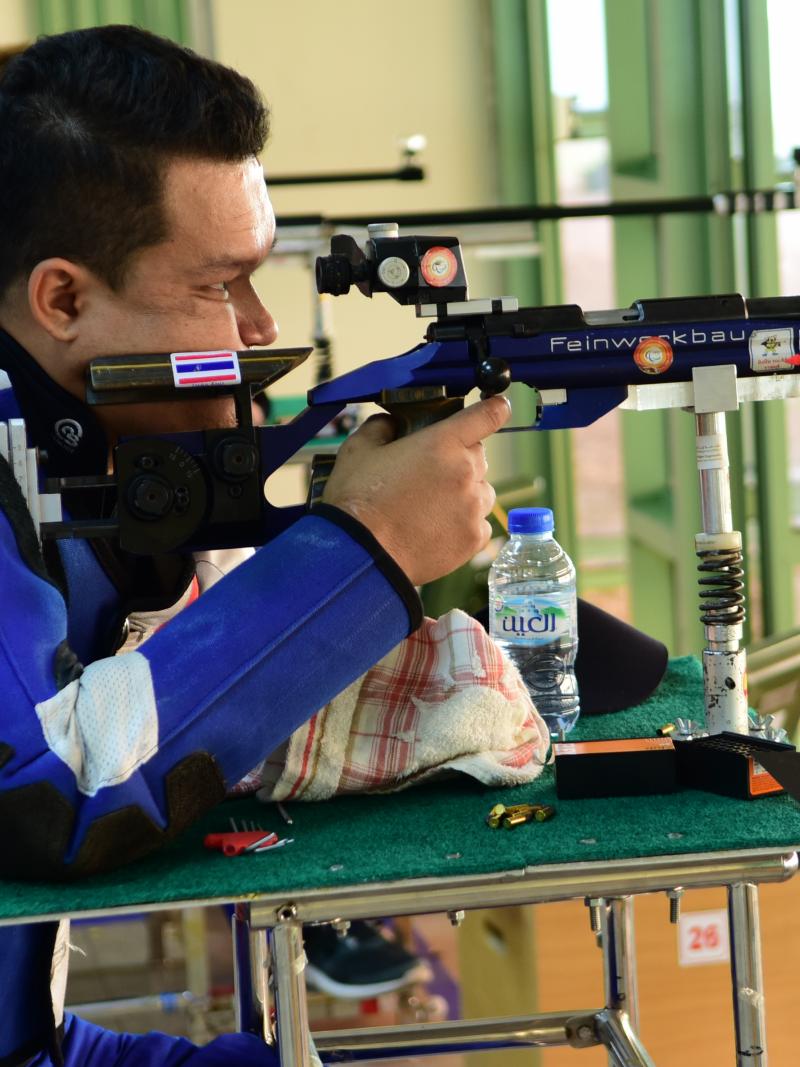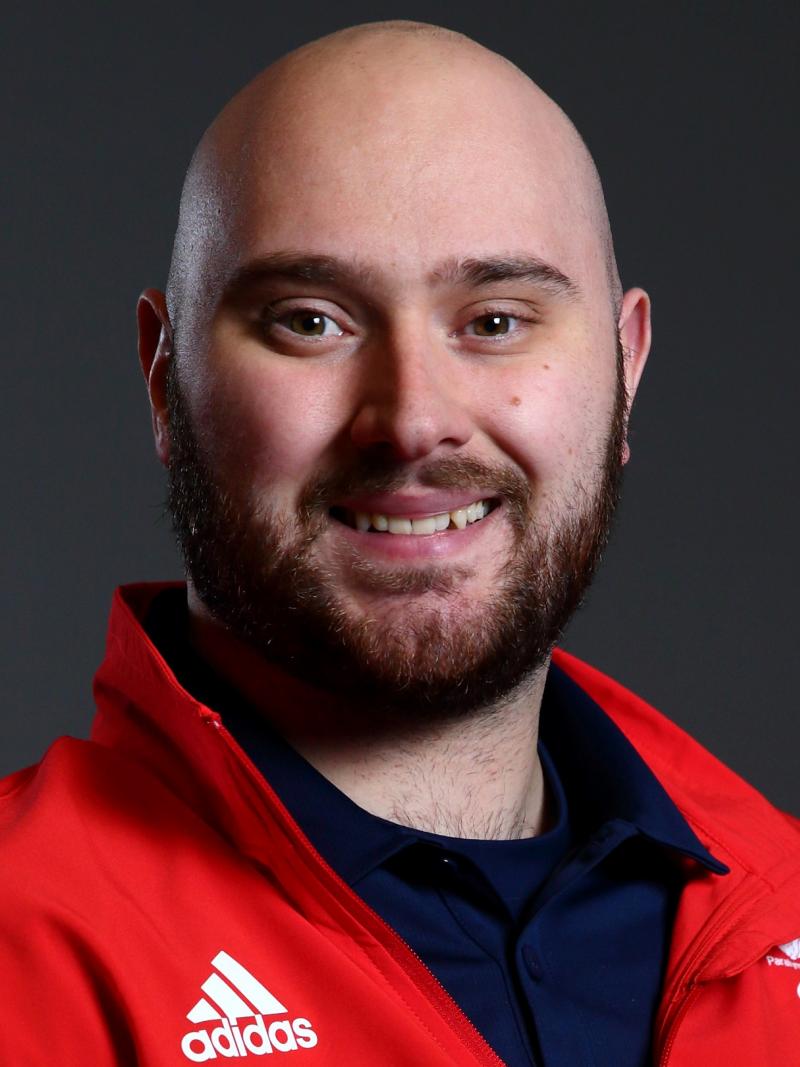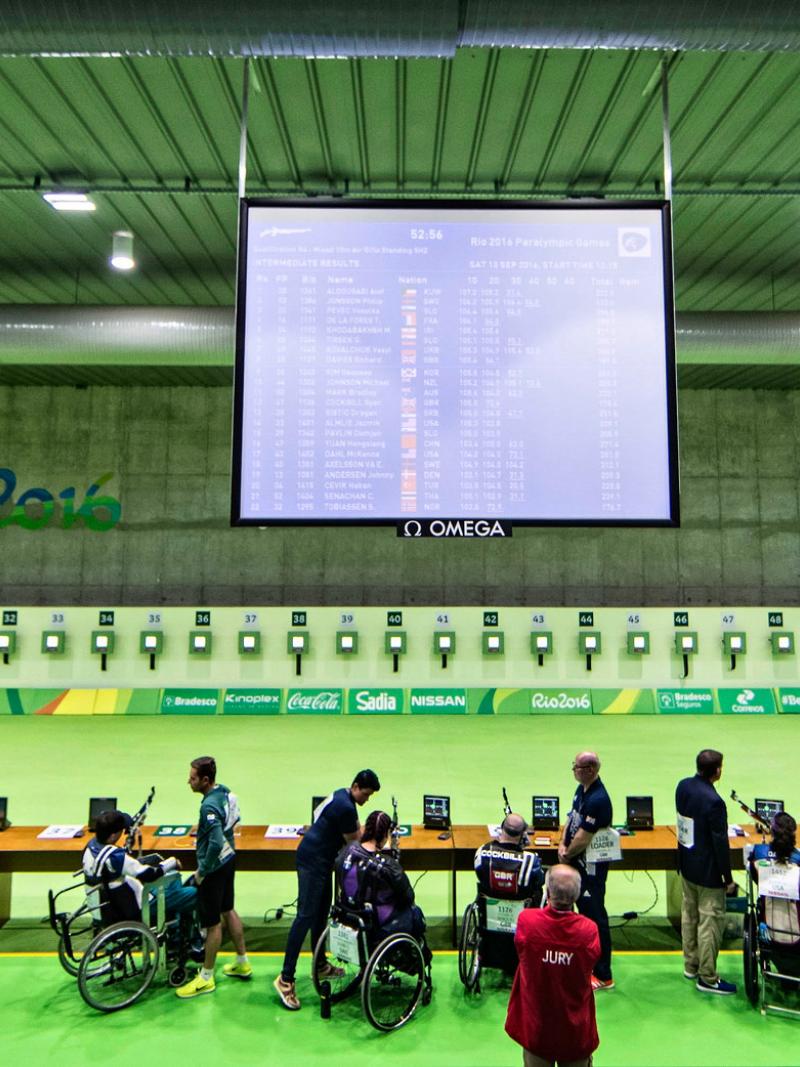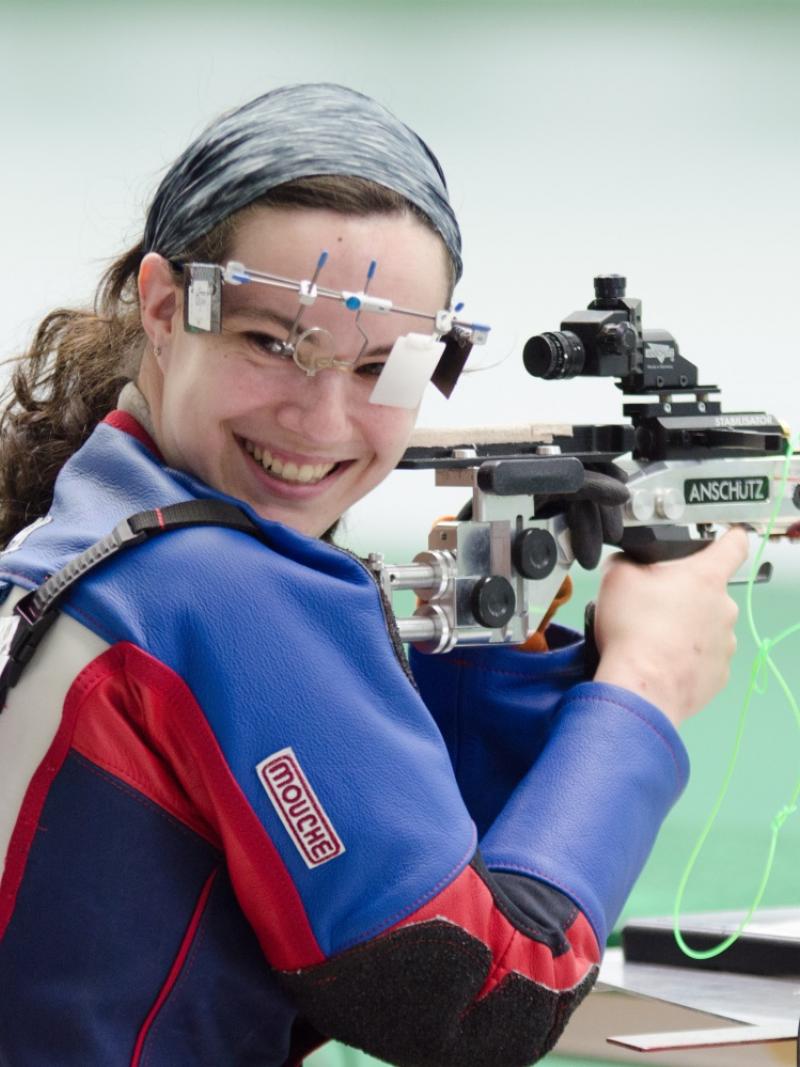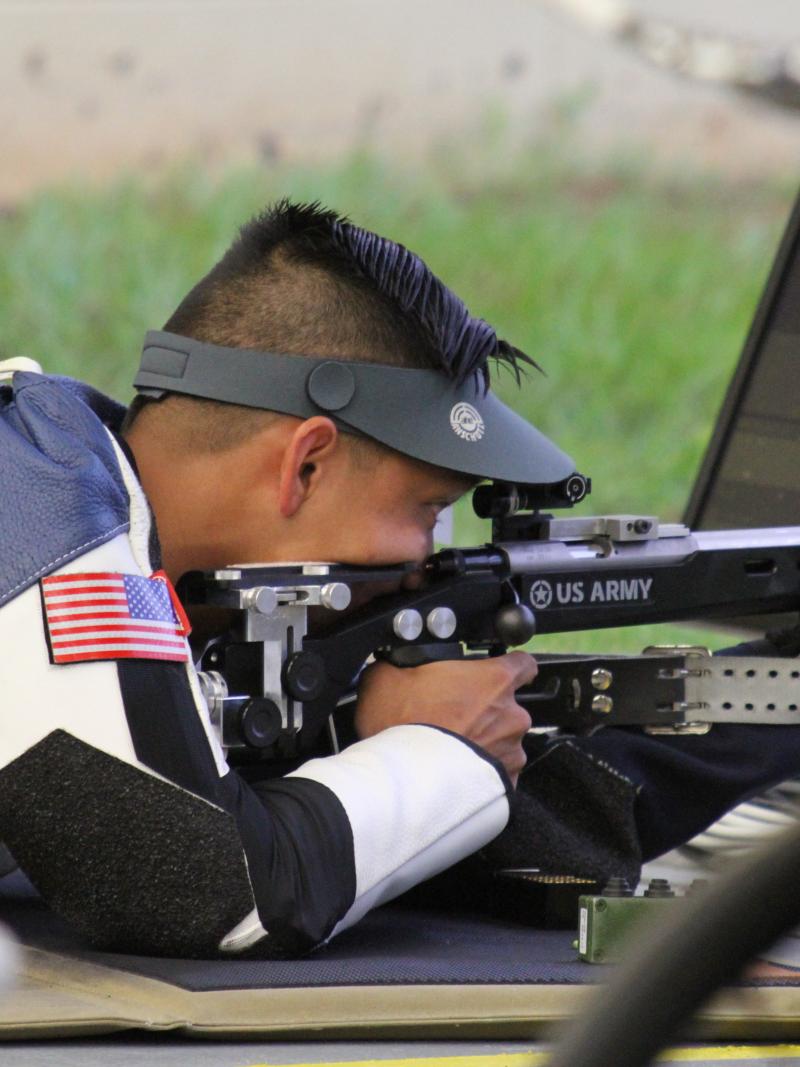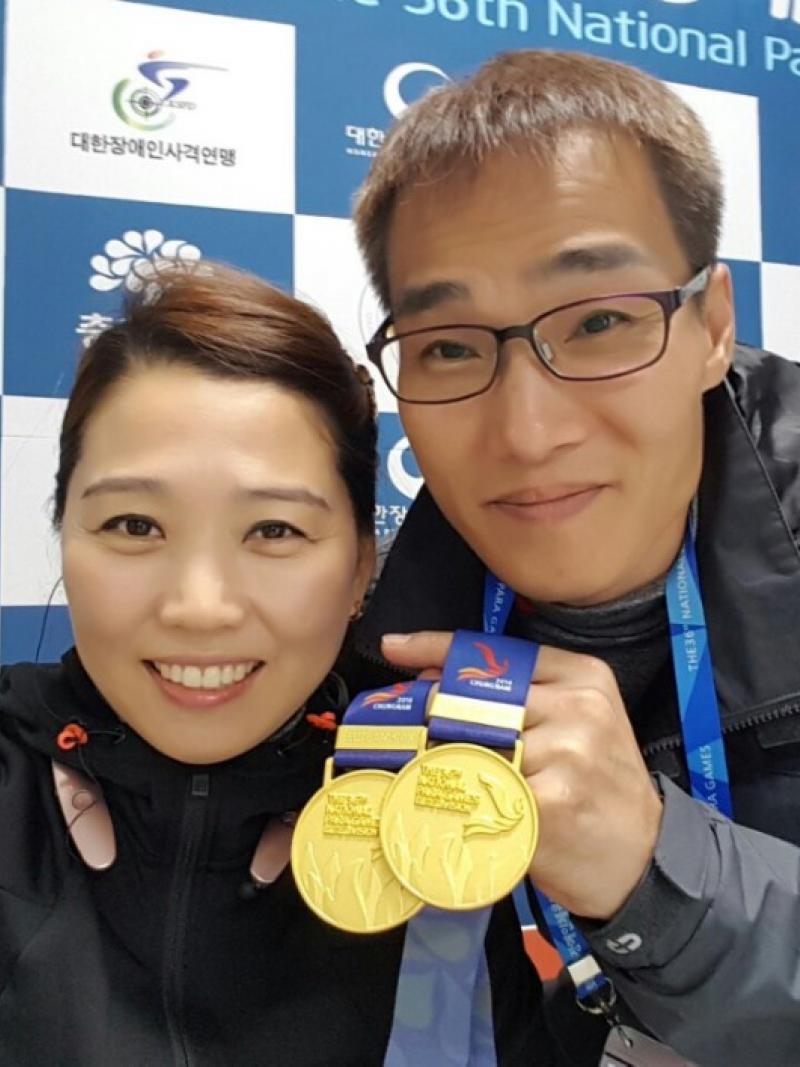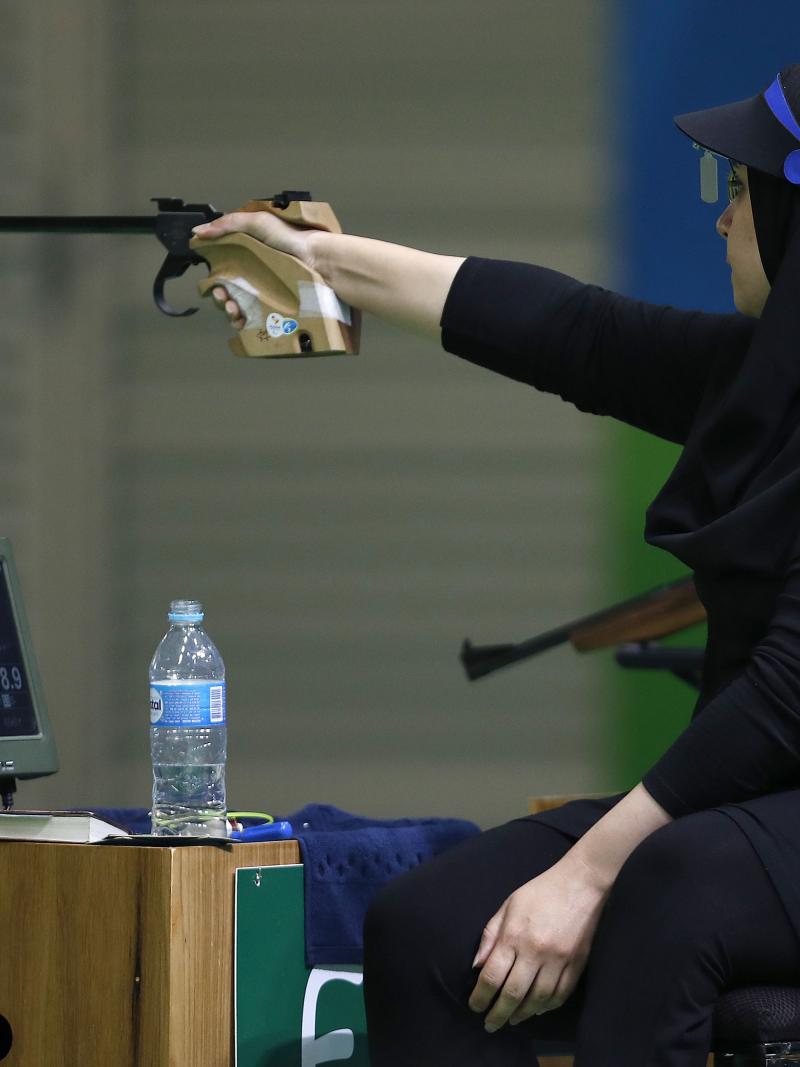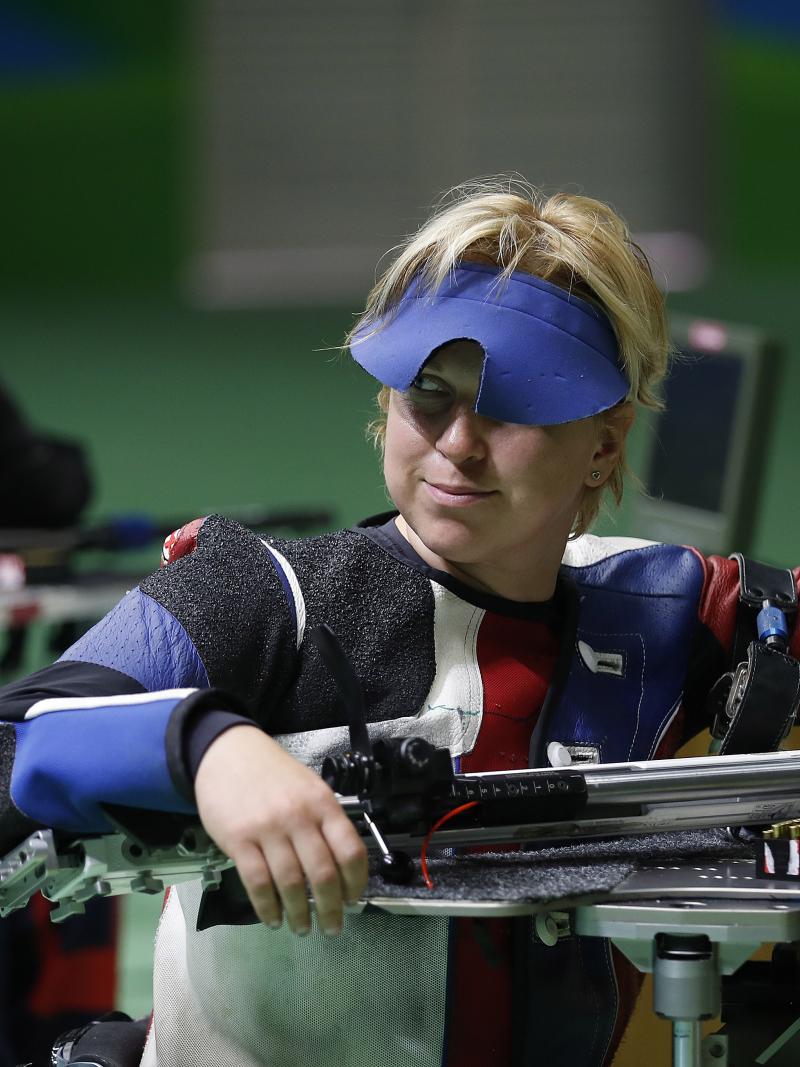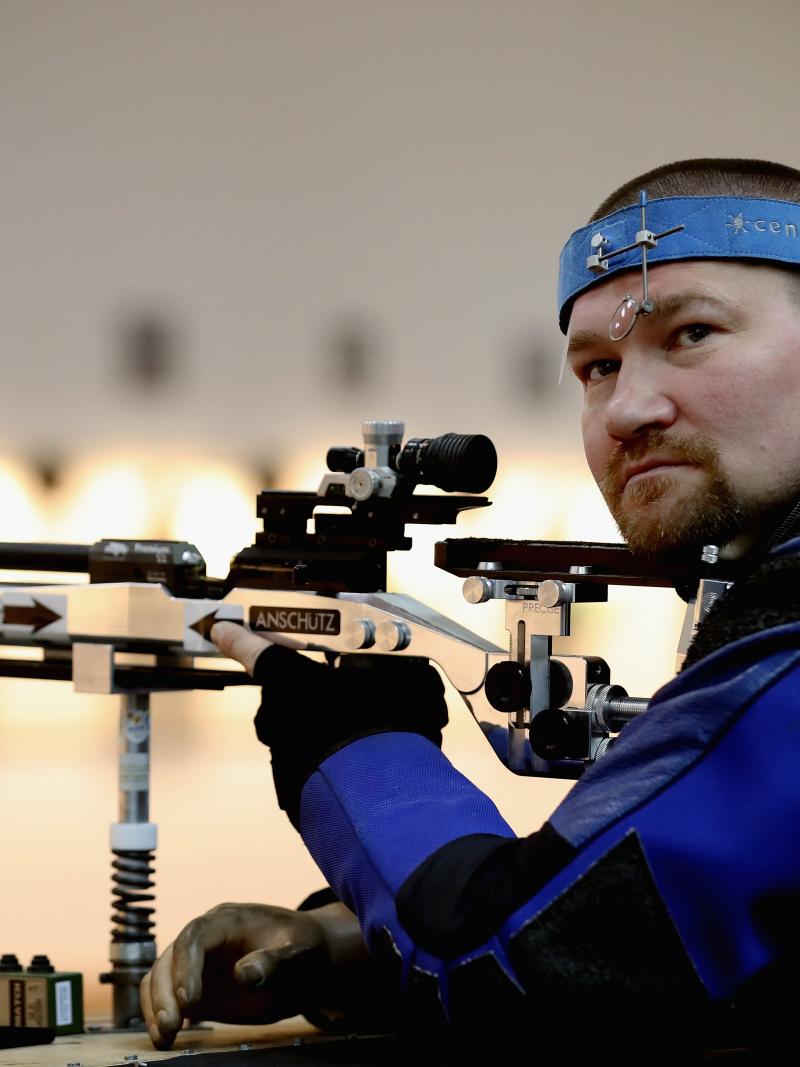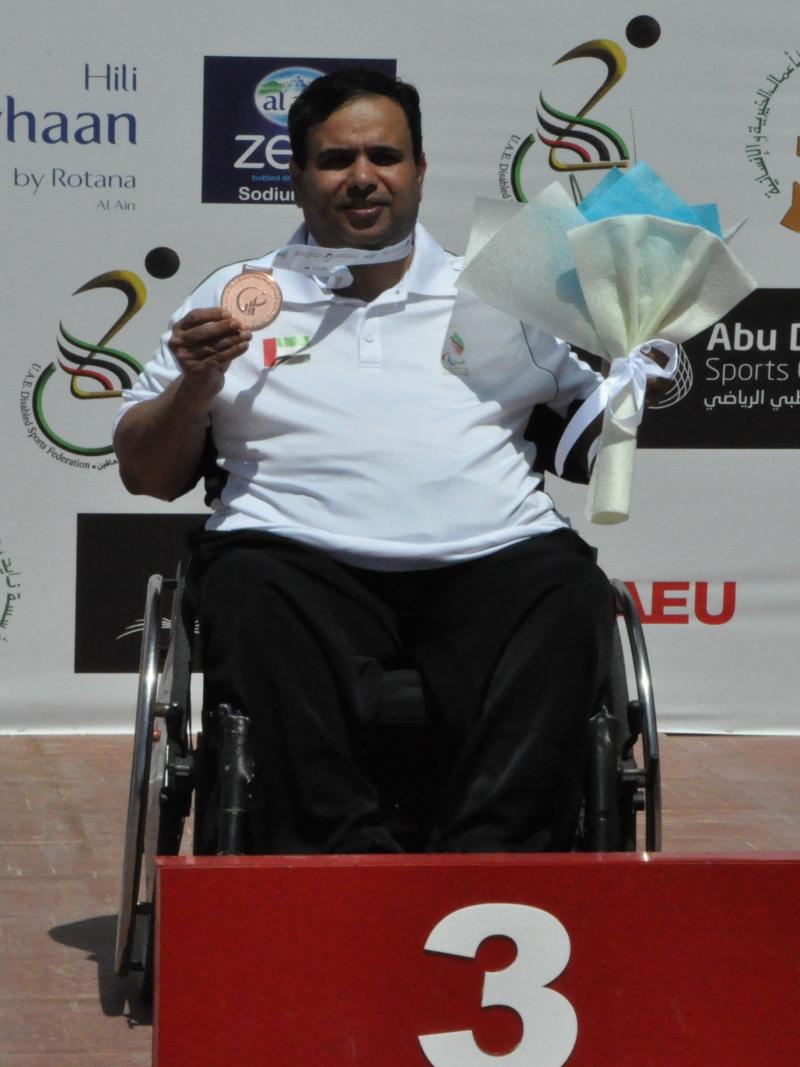Cheongju 2018: Shooting Para sport explained
Your guide to understanding the sport ahead of the 2018 World Championships 01 May 2018The 2018 World Shooting Para Sport Championships get underway with the Opening Ceremony on Thursday (3 May) in Cheongju, South Korea.
So what exactly is shooting Para sport, how does it compare to its able-bodied counterpart, how does the competition work and what exactly is an “air” rifle?
We thought you would never ask!
What is “shooting Para sport?”
In shooting Para sport, athletes with physical impairments aim at a target using pistols and rifles.
Athletes try to hit a target from different ranges and different positions: standing, kneeling and prone.
Shooting competitions are divided into two disciplines: rifle and pistol, with competitions at three distances: 10m, 25m and 50m.
It is the ultimate test of accuracy and control, both of the gun and athlete’s emotions.
World Shooting Para Sport is the global governing body, while the International Shooting Sport Federation (ISSF) overlooks its able-bodied counterpart shooting sport.
Types of guns
In shooting Para sport, athletes hit their target using a pistol or rifle.
A rifle is a shoulder firearm with a long barrel and is more precise.
A pistol is a type of handgun used for shorter ranges and has less accuracy.
Air rifles and pistols have compressed air cylinders attached to the weapon used to fire pellets. Smallbore rifles and pistols are for the longer distances that use gunpowder to fire bullets.
Types of events
There are different events based on the gun used, the distance of the target, the position of the shooter and the athlete’s impairment.
For the 2018 World Championships, athletes will compete in 13 individual medal events: four pistol P (1-4) and nine rifle events R (1-9). These events will be contested at the Tokyo 2020 Paralympic Games, raising the stakes for the athletes at these World Championships!
Check out our event previews for Cheongju 2018:
- rifle previews part 1, part 2 and part 3.
Understanding classification
The major difference between shooting Para sport and its able-bodied version is classification.
On the Para side, athletes compete in three sport classes based on their impairment:
SH1 (Pistol): athletes in this sport class have an impairment in the lower limb(s) and/or in the upper limb in the non-shooting arm.
SH1 (Rifle): athletes in this sport class have an impairment in the lower limb(s).
SH2 (Rifle): athletes in this sport class have an impairment in the upper limb(s) which prevents them from supporting the full weight of the rifle.
Competition format
The goal of shooting is to place a series of shots inside the centre ring (‘bullseye’) of the target. The target is comprised of 10 concentric scoring rings with a score grade of 1 to 10; the central ring giving 10 points.
In many events, the scoring rings are each further subdivided into a further 10 scoring zones to give decimal scoring system, with 10.9 being the very centre of the target and the highest possible score per shot.
The rules (including the number of shots and the time limit) depend on the gun (.177 air or .22 smallbore calibre), the distance, the target, or the shooting position.
Scores for each shot in the qualification round are accumulated to give the athlete a total score.
The top eight athletes in the qualification round qualify for the final.
Qualification scores are not carried over into the final, meaning each finalist starts from zero. In an exciting test of nerves, skill and focus, athletes with the lowest scores are eliminated over the course of a final, until a duel between the two remaining athletes for gold and silver medals ensues.
For example, in R1 (men’s 10m air rifle standing), athletes in the SH1 category compete against each other. They are allotted 60 shots over 1 hour and 15 minutes, and try and hit a target 10m away, in the standing position.
The R6 (mixed 50m rifle prone SH2) gives athletes 60 shots over 1 hour in the prone position.
More information can be found on World Shooting Para Sport’s website.

 Facebook
Facebook
 Instagram
Instagram
 Twitter
Twitter
 Youtube
Youtube


